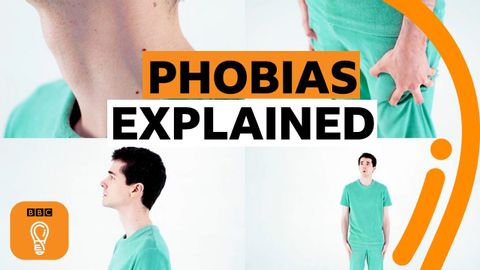恐怖症はどこから来るのか?| 恐怖症はどこから来るのか|BBCアイデア (Where do phobias come from? | BBC Ideas)
Summer が 2020 年 10 月 29 日 に投稿  この条件に一致する単語はありません
この条件に一致する単語はありませんUS /ˈkɑnstəntlɪ/
・
UK /ˈkɒnstəntli/
US /spɪˈsɪfɪk/
・
UK /spəˈsɪfɪk/
US /ˈkɑɡnɪtɪv/
・
UK /ˈkɒgnətɪv/
- adj.認知の;認知能力の;認知発達の;認知療法の
US /ɪnˈtɛns/
・
UK /ɪn'tens/
エネルギーを使用
すべての単語を解除
発音・解説・フィルター機能を解除
